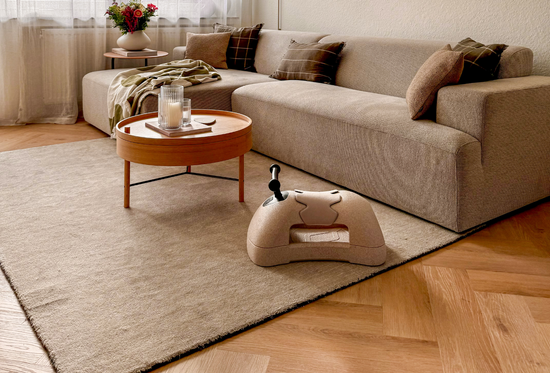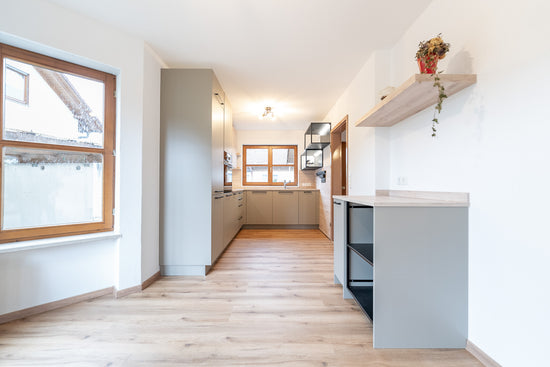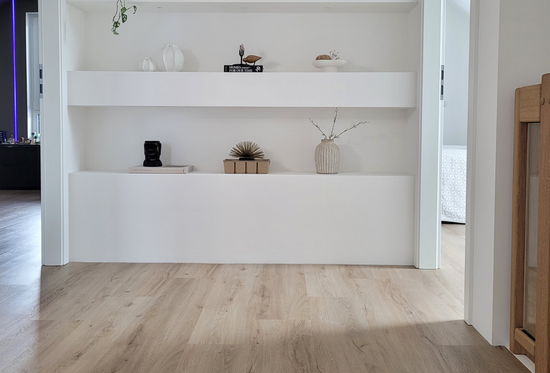Table of contents:
- Introduction
- Basics of substrate preparation
- Specific preparation for tiles
- Specific preparation for screed
- Common steps for tiles and screed
- Common mistakes and how to avoid them
- Conclusion and final tips
Introduction:
If you want to install a new floor covering, preparing the subfloor is a crucial step. Whether on tiles or screed, proper preparation is essential for the final result and the durability of your new floor. In this blog post, I will show you how to optimally prepare your subfloor.
Basics of substrate preparation:
Before you start, you should check the substrate. This includes checking flatness, strength, and dryness as well as removing contaminants such as dust or oil.
Specific preparation for tiles:
- Removal of old coverings: Loose or damaged tiles must be removed.
- Smoothing the surface: Unevenness on the tiles should be leveled to create an even base for your new floor.
- Priming: A suitable primer improves the adhesion of the new floor covering.
Specific preparation for screed:
- Repairing cracks and holes: Damage in the screed should be repaired to ensure a level surface.
- Moisture testing: Too much moisture in the screed can cause problems. A drying time may be necessary.
- Priming: Here too, priming is important to improve adhesion.
Common steps for tiles and screed:
- Cleaning: A thorough cleaning of the substrate is essential.
- Leveling: If necessary, you should apply a leveling compound to create a perfectly even substrate.
Common mistakes and how to avoid them:
- Overlooking cracks and unevenness: These can cause problems later and should therefore be fixed before installation.
- Ignoring drying times: Both primers and leveling compounds need time to dry.
- Insufficient cleaning: Dust and dirt can impair the adhesion of the new floor.
Conclusion and final tips:
Careful preparation of the substrate is the key to a successful floor covering. Take the time to thoroughly inspect and prepare the substrate. This not only ensures a beautiful appearance but also the durability of your new floor.
With this guide, you are well equipped to work on tiles or screed. Follow these steps to achieve the best results and avoid common mistakes.





